Imagine a world where giants roamed the Earth, their massive forms casting long shadows across prehistoric landscapes. Among these colossal creatures were the dinosaurs, whose diverse species and fascinating survival adaptations continue to captivate our imagination. One intriguing question that has puzzled scientists and enthusiasts alike is whether feathers, typically associated with birds, could have served as protective armor, shielding these ancient beasts from harm. This article delves into the possibility that feathers might have offered more than just a tool for warmth and display, exploring their potential role in injury prevention for dinosaurs.
The Evolution of Feathers: More Than Just for Flight
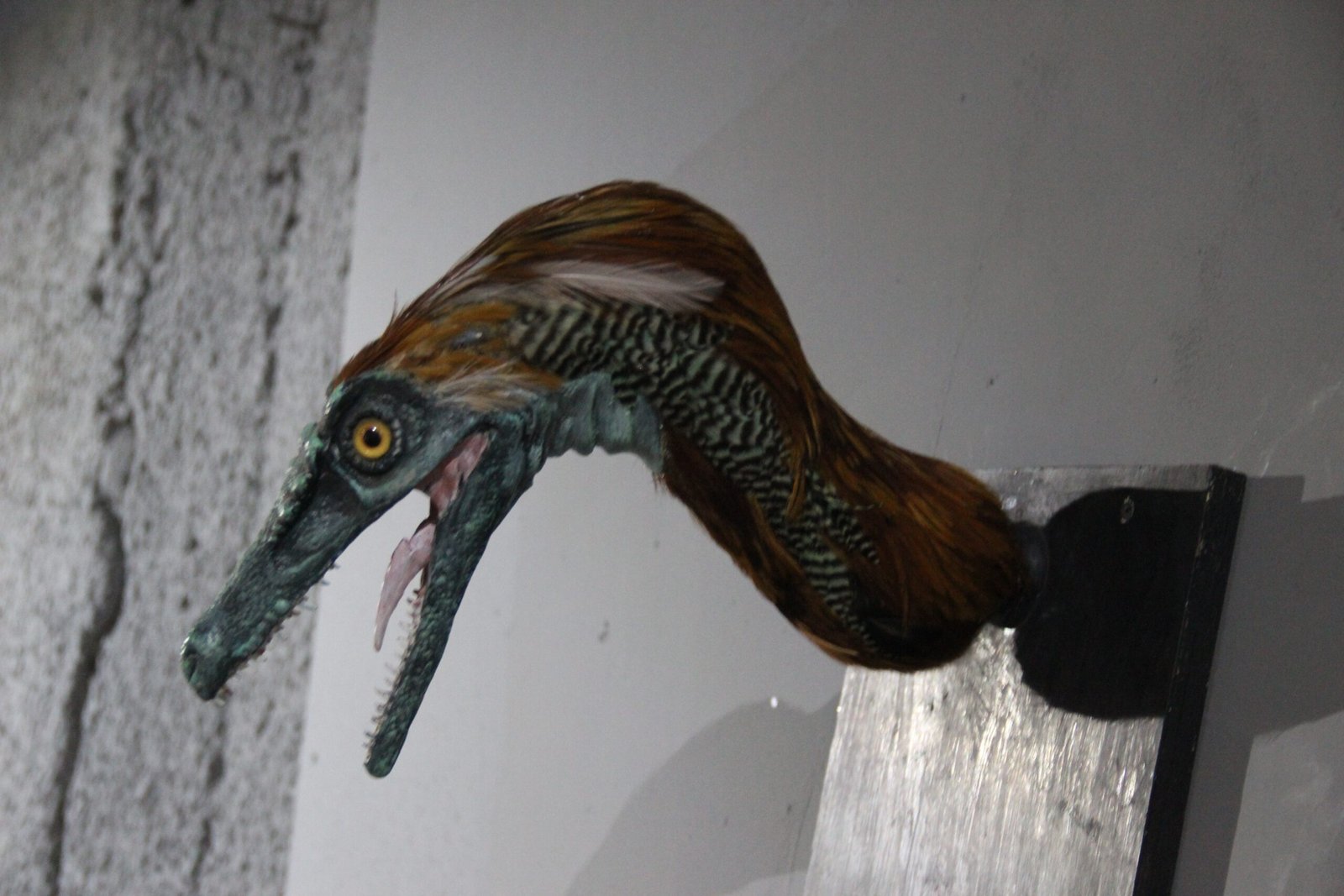
Feathers are often thought to be synonymous with flight, yet their origins trace back long before the skies were filled with soaring birds. Paleontologists have unearthed evidence suggesting that feathers may have evolved initially for purposes other than flight. These structures likely started as simple filaments, providing insulation for smaller dinosaurs. As evolution progressed, feathers became increasingly complex, serving multiple functions such as display, camouflage, and potentially, injury prevention. This evolution mirrors the way we use multipurpose tools today, adapting them over time to suit different needs.
Feathers as a Physical Barrier
The concept of feathers acting as a protective barrier against physical harm is fascinating. In modern birds, feathers can cushion impacts and protect the skin from abrasions. This function could have been similarly advantageous for feathered dinosaurs. For instance, in a prehistoric environment filled with sharp vegetation and rough terrains, feathers could have acted like nature’s armor, shielding dinosaurs from minor injuries. Consider how a thick winter coat protects us from cold winds and rough surfaces; feathers could have served a similar purpose for dinosaurs, allowing them to navigate their environment with less risk of harm.
Feathers and Thermoregulation
Aside from protection, feathers played a crucial role in thermoregulation. Dinosaurs, much like modern birds, needed to maintain a stable body temperature to survive. Feathers provided insulation, trapping heat and helping these creatures thrive in varying climates. This thermoregulatory function is vital for understanding how dinosaurs could have adapted to different environments. The idea that feathers could simultaneously serve as a protective layer and a means of temperature control highlights the multifunctional nature of these fascinating structures.
Feathered Dinosaurs: A Look at Fossil Evidence
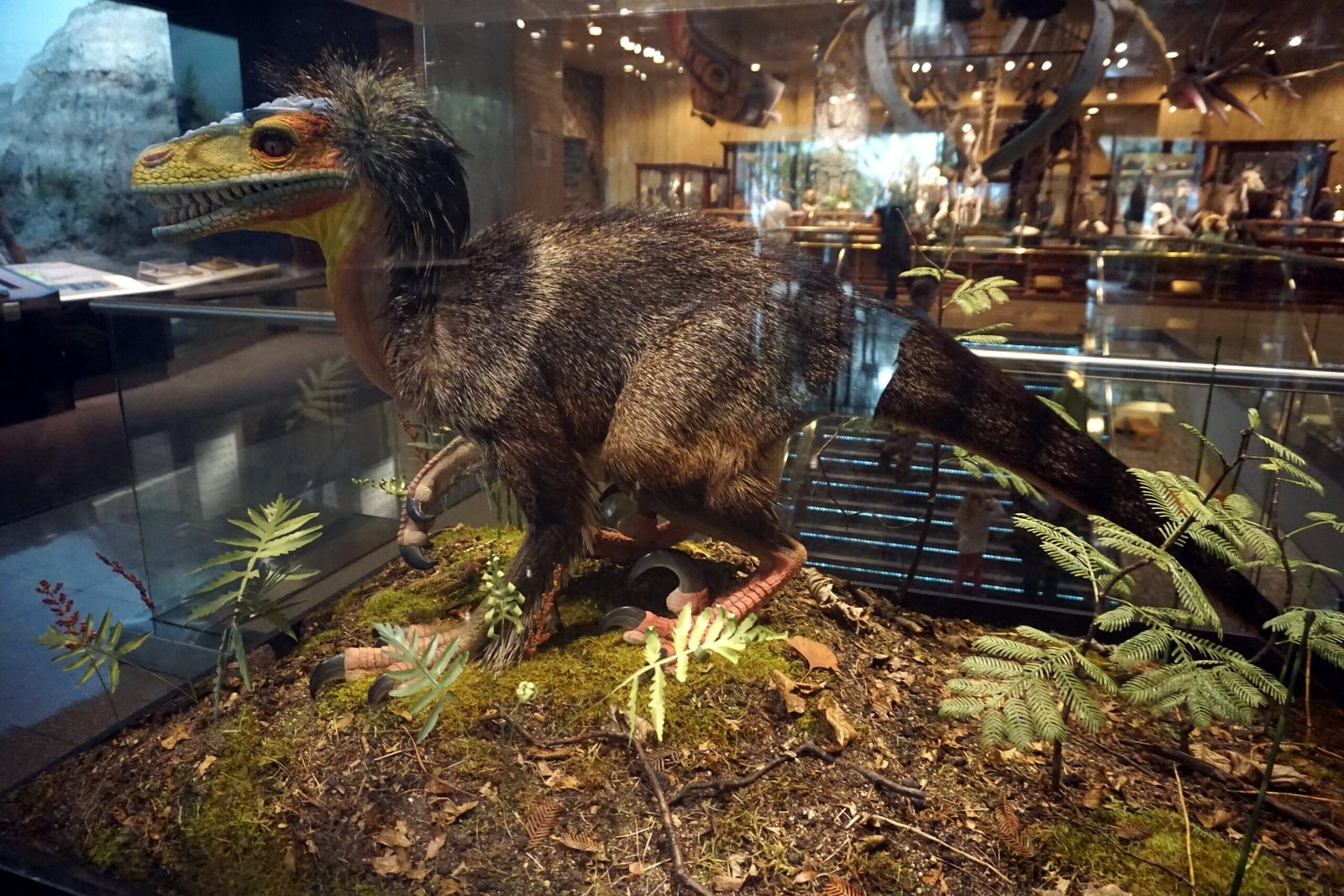
Fossil discoveries have significantly expanded our understanding of feathered dinosaurs. Notable finds, such as the feathered theropods unearthed in China, have provided compelling evidence of feathers’ prevalence among certain dinosaur species. These fossils reveal intricate details of feather patterns and structures, offering insights into how they might have functioned in everyday life. By examining these ancient remains, scientists can piece together the puzzle of feathers’ roles, providing a glimpse into the lives of these extraordinary creatures.
Comparative Analysis with Modern Birds
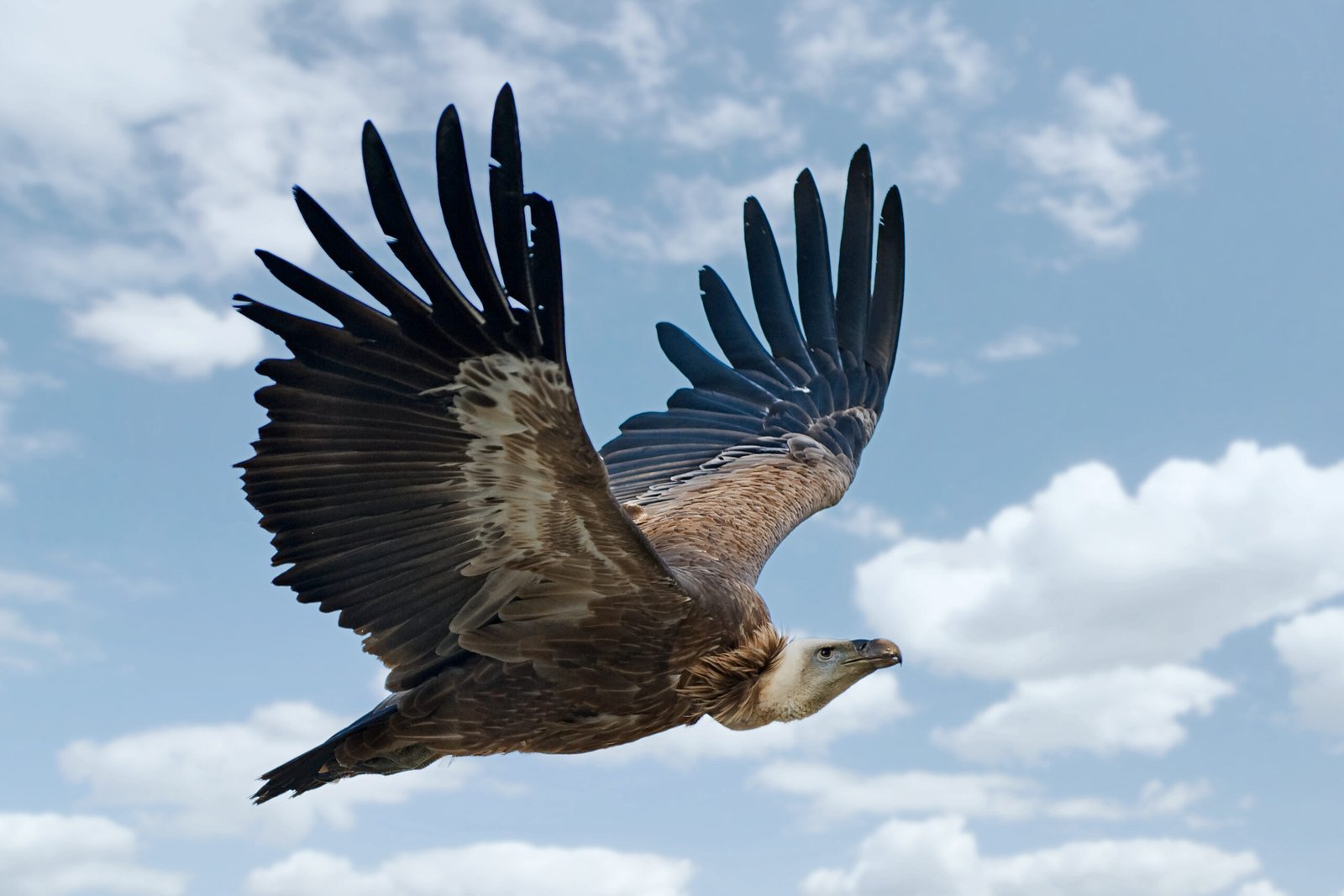
To understand the potential protective role of feathers in dinosaurs, we can look to their closest living relatives: birds. Many bird species use their feathers as a defense mechanism, fluffing them up to appear larger or using them to shield vulnerable areas. This behavior suggests a possible evolutionary link between feathered dinosaurs and modern birds, indicating that feathers could have similarly served as a protective measure in the past. It’s akin to observing how modern technology often draws inspiration from natural phenomena, reflecting a continuous thread of innovation and adaptation.
Feathers and Social Signaling
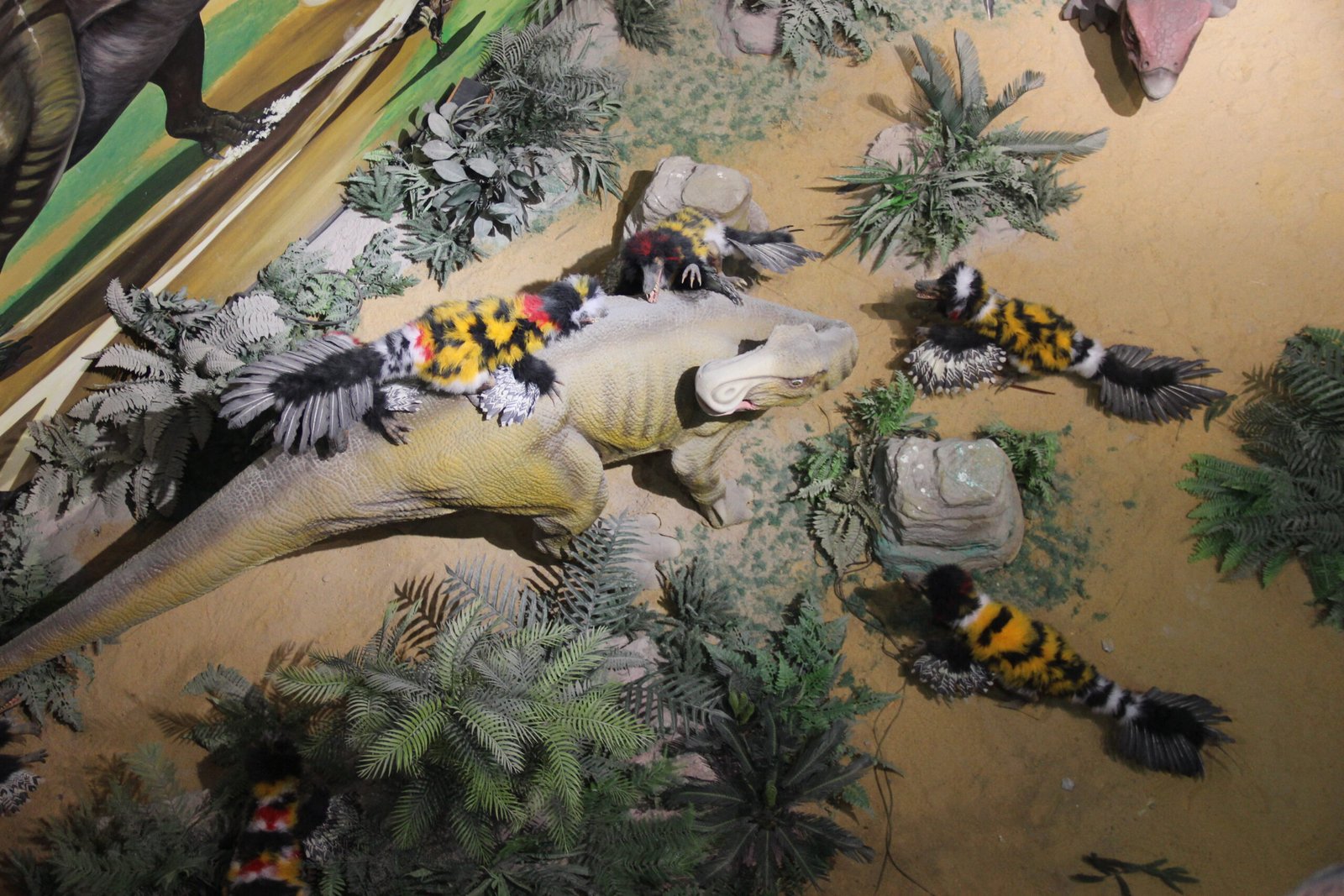
Beyond physical protection, feathers likely played a role in social interactions among dinosaurs. Brightly colored feathers could have been used for display, attracting mates or intimidating rivals. This social function is evident in modern birds, where plumage often serves as a visual signal. The dual role of feathers in both protection and social signaling underscores their importance in the survival and success of these ancient creatures. Just as humans use clothing to communicate social status or individuality, dinosaurs might have used their feathers to convey messages within their communities.
The Role of Feathers in Dinosaur Behavior
Behavioral adaptations are crucial for survival, and feathers might have influenced dinosaur behavior in various ways. For instance, feathered dinosaurs could have used their plumage to blend into their surroundings, avoiding predators or ambushing prey. This camouflage function is similar to how certain animals today use patterns and colors to hide from threats. The presence of feathers could have also impacted social dynamics, with displays of plumage influencing hierarchies and interactions within dinosaur groups.
Feathers in Dinosaur Growth and Development
The growth and development of feathers in dinosaurs provide further insights into their possible protective roles. Juvenile dinosaurs with developing feathers would have benefited from the added layer of protection as they matured. This parallels the way young animals today often have features that aid their survival during vulnerable stages of life. Understanding the growth patterns of feathers in dinosaurs helps paint a picture of how these structures contributed to the overall life cycle and survival of these magnificent creatures.
Challenges in Studying Dinosaur Feathers
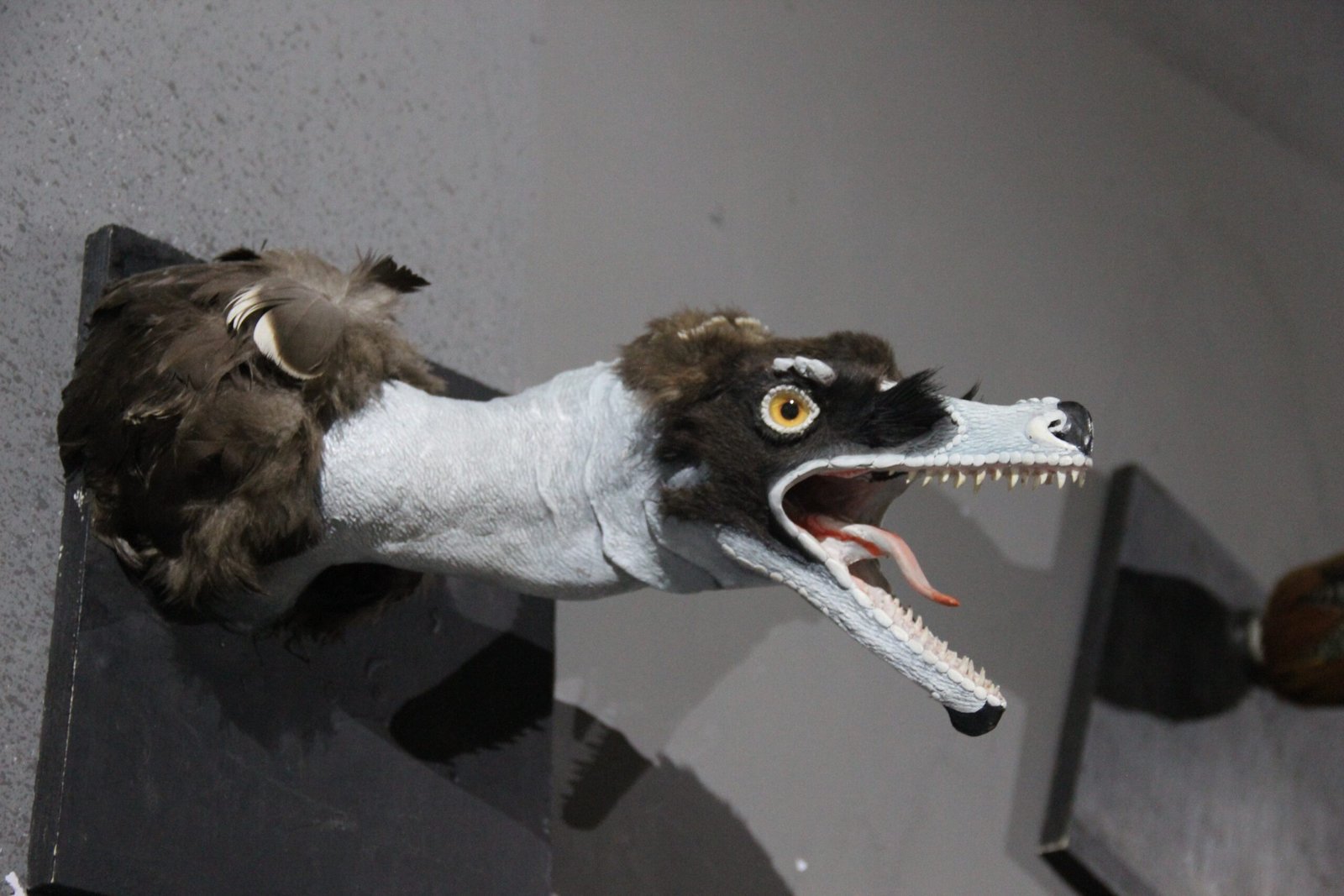
Despite the wealth of information gleaned from fossils, studying dinosaur feathers presents unique challenges. Preservation conditions vary, and not all fossilized remains include evidence of feathers. However, advances in technology and paleontological techniques continue to shed light on this area of study. The quest to understand feathered dinosaurs is akin to solving a complex puzzle, with each discovery adding a new piece to the overarching narrative of ancient life on Earth.
The Continuous Quest for Knowledge
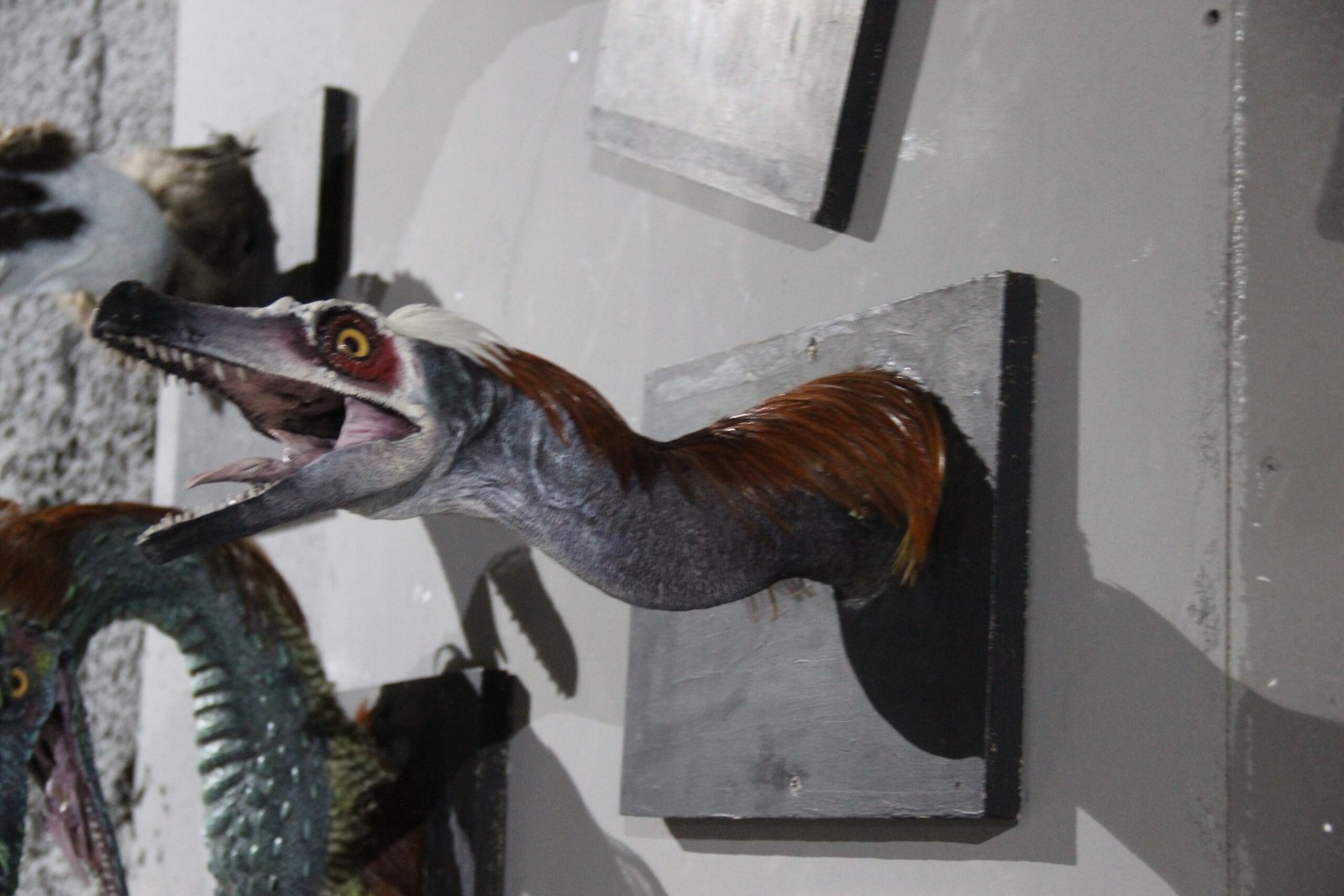
The exploration of whether feathers protected dinosaurs from injury is part of a broader scientific endeavor to understand these prehistoric giants. As research progresses, new discoveries and theories will undoubtedly emerge, enriching our comprehension of the natural world. Just as explorers venture into uncharted territories, scientists delve into the past, unveiling the mysteries of dinosaurs and their fascinating adaptations. The journey to uncover these secrets is ongoing, driving curiosity and inspiring future generations to explore the wonders of our planet’s history.



